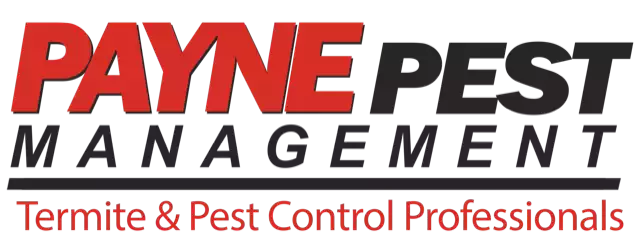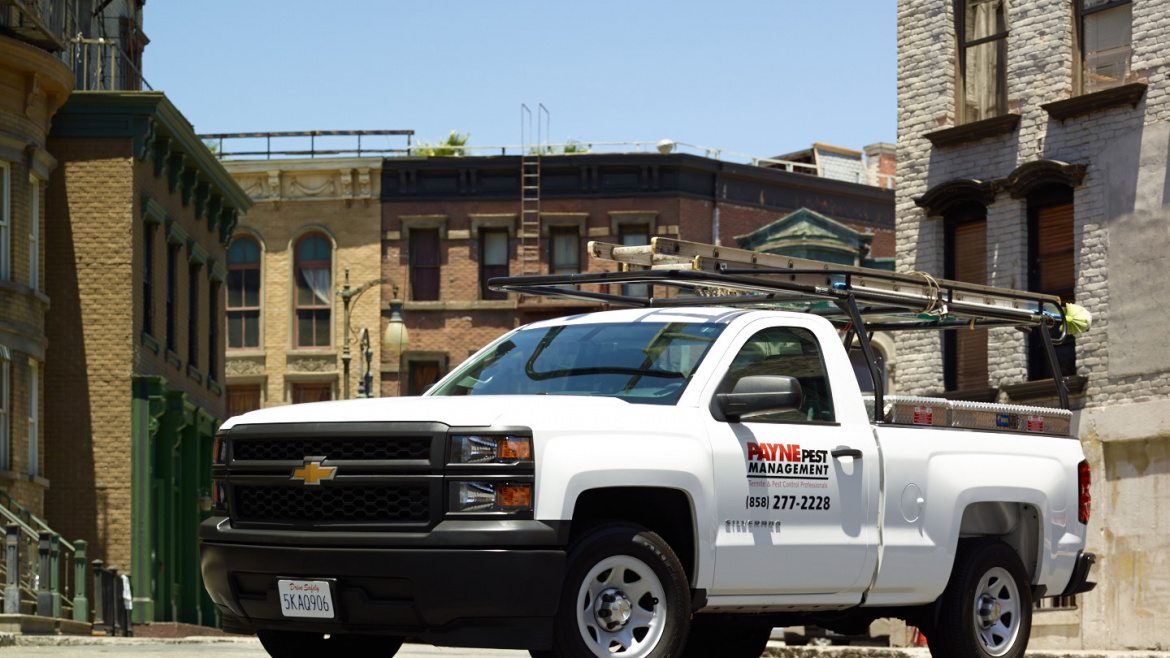In North America, you have over 50 termite species, and these species can be split into three categories – subterranean, drywood and dampwood. Each group has its own behavior and environmental requirements, which determine where it will set up its colony.
Subterranean termites
The name tells us everything about where subterranean termites live – underground. This group of termites will build sprawling colonies underground that can sometimes number in the millions. When they infest the home, the actual colony may not even be on your property.
In order to reach wood that is not in contact with the ground, subterranean termites will build mud tubes, which help them retain moisture. Without these tubes they would quickly dehydrate out in the open. These tubes are one of the first signs that there is a termite infestation in your home. If you suspect that you have an infestation, you can search for these tubes yourself, although most are quite well hidden and you will need the help of a pro to find them.
Dampwood termites
Dampwood termites do not build their colonies underground. Instead, they infest the wood they are feeding on itself. The wood has to remain high in moisture however, so they will usually go for logs that are in constant contact with the ground. They do infest homes sometimes, but only in areas where there is a leak or where the wood is high in moisture for some other reason. This makes dampwood termite infestations a rare occurrence.
Drywood termites
Drywood termites are similar to dampwood termites in that they also build their colonies inside the wood they infest, but they differ in the type of wood they prefer. This group will go for non-decayed, sound wood that has no contact with the soil, meaning that really no untreated piece of wood is safe from infestation. It also means that attics, wood framing, furniture and even doors may be targeted. Unlike other termite groups, these termites have a less permeable outer skeleton, which allows them to retain more moisture and infest wood that is dryer. They do leave signs when they infest a piece of wood – mainly frass, which is waste that they push out of their colony.
If you suspect that you are having issues with any one of these three groups, contact us immediately and we will come over and remove the infestation before any further damage occurs.







